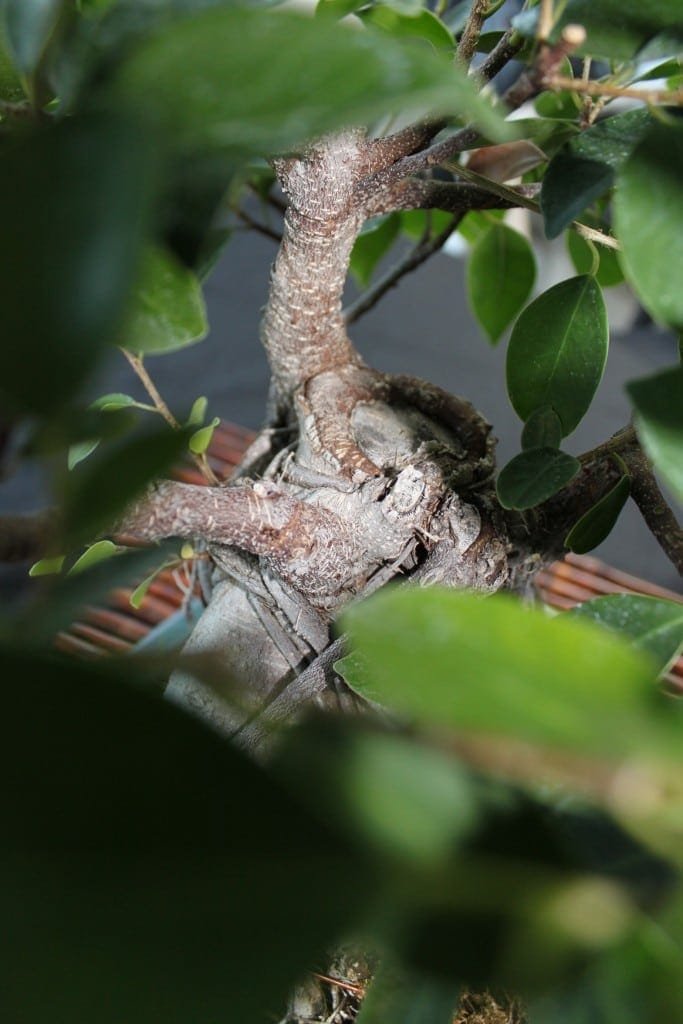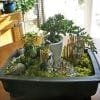Bud pruning is often done in conjunction with branch pruning. Like with branch pruning, it is done when working with a developed tree. Both aim to harmonize and perfect the final form of the bonsai. Sometimes bud pruning is preferable to branch pruning. Consider the benefits and drawbacks of both before choosing what to prune.
When To Choose Bud Pruning
Bud pruning is preferable to branch pruning in a couple of situations. If the bonsai already has a completed form, then limb pruning can compromise that form. Pruning the buds instead allows you to maintain the form without extra growth.
Pruning the buds is also preferable if your goal is to suppress branch growth without pruning it. This might be with a limb that you have chosen to keep deliberately overlong or one that has simply reached its completed length and no longer needs to continue growing.
There are several other reasons for choosing to prune buds. If your deciduous tree already has attractive branches and lush foliage, you will want to preserve that.
Bud pruning is preferable to retain the tree’s beauty.
With coniferous trees, bud pruning is sometimes used instead of leaf pruning because the latter can damage the tree’s growth and compromise the quality of the leaves produced.
Finally, bud pruning is sometimes necessary for an already pruned branch with lateral buds that are not thriving. This allows the branch to be salvaged, although further branch pruning may be necessary if it is not growing and compatible with the bonsai’s design.
Timing For Bud Pruning
Buds should be pruned as they emerge. This is typically in the spring. Some trees have an extended season of budding which can last from spring until autumn. For these trees, buds need to be monitored and pruned as necessary for the entire period of budding.
Bud pruning should be avoided in some circumstances. Avoid pruning an unhealthy plant or one that has been weakened such as in the immediate period after being repotted.
Also avoid bud pruning if you are still thickening the trunk or want specific branches to thicken. The buds require extra water and nutrients to grow, and the trunk and branches thicken to accommodate the transport of those nutrients.
The Process Of Bud Pruning
Bud pruning is done by pinching the buds off by hand or pruning with scissors. Hand pinching is called me-tsumi. Scissor pruning is called me-kiri. One method is not superior to another. Rather, choose the method that best works with the location and size of the bud.
It is important to remove the undesired buds when they emerge. These apical buds encourage growth of the branch. Pinching them off slows or stops the branch growth. It also helps control the size of the tree and uniformity of its growth.
Bud pruning should be focused on the older branches near the top of the tree. Pruning near the bottom should be restrained if you choose to prune in that location. Make sure that the plant has been adequately fertilized and watered both before and after the bud pruning process.
Bud Pruning For Deciduous And Coniferous Trees
Bud pruning for deciduous trees is a fairly straightforward process. Because of the annual cycle of new foliage, it makes it easier to determine when to remove buds. Bud pruning occurs in the early spring, when the buds first emerge and before the leaves come out.
Coniferous trees include many popular pine varieties that are often used in bonsai. Coniferous trees require bud pruning twice a year, when they first emerge in spring and in the early summer when a new round of budding occurs after the first pruning. Buds will continue to form even after the second pruning, emerging all the way until autumn.
The dual pruning sessions creates a shorter growth period for the buds on the tree. This is desirable for bonsai growth, since it will create smaller leaves that are appropriate for the bonsai’s size. Encourage the new bud growth by pruning leaves if necessary to provide better access to sunlight and ventilation.
Special preparation is required in the winter to prepare for the following year’s budding on coniferous trees. Most of the leaves need to be pruned away from well-developed buds, and more of the leaves should be retained on the weaker buds. This allows the tree to develop more uniformly.
Make sure that all buds retain some of their leaves, even on the hardier buds. After completing this process, adjust watering and fertilizer if necessary.

